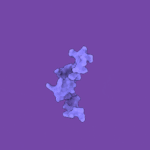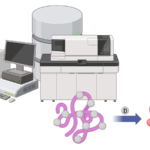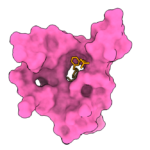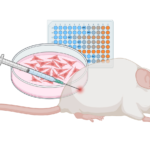Technology

Structural biology has served as a foundation for drug discovery, including the invention of tools to unravel protein structure(s) that were pivotal in enabling the development of drugs capable of modulating protein function. Yet most disease-causing IDPs are not amenable to structure-based drug discovery due to their shape-shifting behaviour and a lack of defined 3D structures.
Despite both the abundance and biological importance of IDPs, current technologies are built for structured proteins: Current structural biology techniques, like X-ray crystallography, cryo-EM, and NMR, are ill-equipped to elucidate the structure(s) of IDPs. Current predictive approaches are trained on well-folded proteins, rendering them incapable of accurately predicting the dynamic structure(s) of IDPs. This has made IDPs a challenging category of proteins to study and develop drugs for—until now.
Unique
Mass
Spectrometry

In collaboration with academic and industry partners, Peptone has developed a one in its kind of mass spectrometry system capable of automatically probing “invisible” binding sites in disordered proteins of any size and complexity.
GPU-Accelerated
Data Processing

Peptone’s hardware utilizes proprietary NVIDIA GPU-accelerated software suites, D-TRON and PEP-TRON, which enable fully automatic terabyte-scale data processing, spectral annotation, and 3D ensemble generation.
Generative AI
Molecule Design

The data is automatically generated in our Bellinzona Experimental Facility and fed into our supercomputer.
Translational
Science

Our 8000-square-foot Biosafety Level 2 laboratory in Bellinzona, Switzerland, conducts end-to-end target expression, characterisation, assay development and biological efficacy testing.